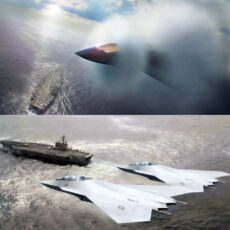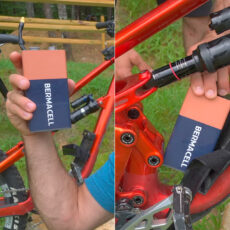
Starship’s upper stage has been in a fight and it shows, or more specifically, its 10th test flight. Its once shiny stainless steel body is now pockmarked with scars – orange streaks, charred tiles and bare metal – telling the story of survival against the forces of reentry.
Start with the heat shield, where thousands of silica tiles were attached to the side of the spacecraft to protect against reentry heat. On Flight 10, SpaceX used metal tiles and left gaps in the shield to test its durability. What happened? A mosaic of damage, with orange streaks slashing across the tiles like hot paintbrushes. Elon said the red and orange is from rusted metal test tiles and the white is where insulation replaced lost tiles. These are data points, proof the shield held up to extreme stress.
- NASA rocket model kit – Launch into a creative project with the LEGO Icons NASA Artemis Space Launch System model building project for adult space...
- What’s in the box? – This creative building set includes everything you need to craft a multistage rocket with 2 solid-fuel boosters, an Orion...
- Features and Functions – This NASA-themed rocket model features retractable launch tower umbilicals, rocket support and crew bridge, detachable...
The stainless steel body, chosen for its longevity over lighter materials like carbon composites, is shiny in some areas, but dented in others. Scorch marks and heat stress patterns ripple across the hull, indicating the intense friction and temperatures during the dive into the Indian Ocean. Unlike the elegant prototypes of earlier years, this Starship is proud of its appearance. The degradation is not uniform; it’s a mess of burnt oranges, deep reds and ashen grays.
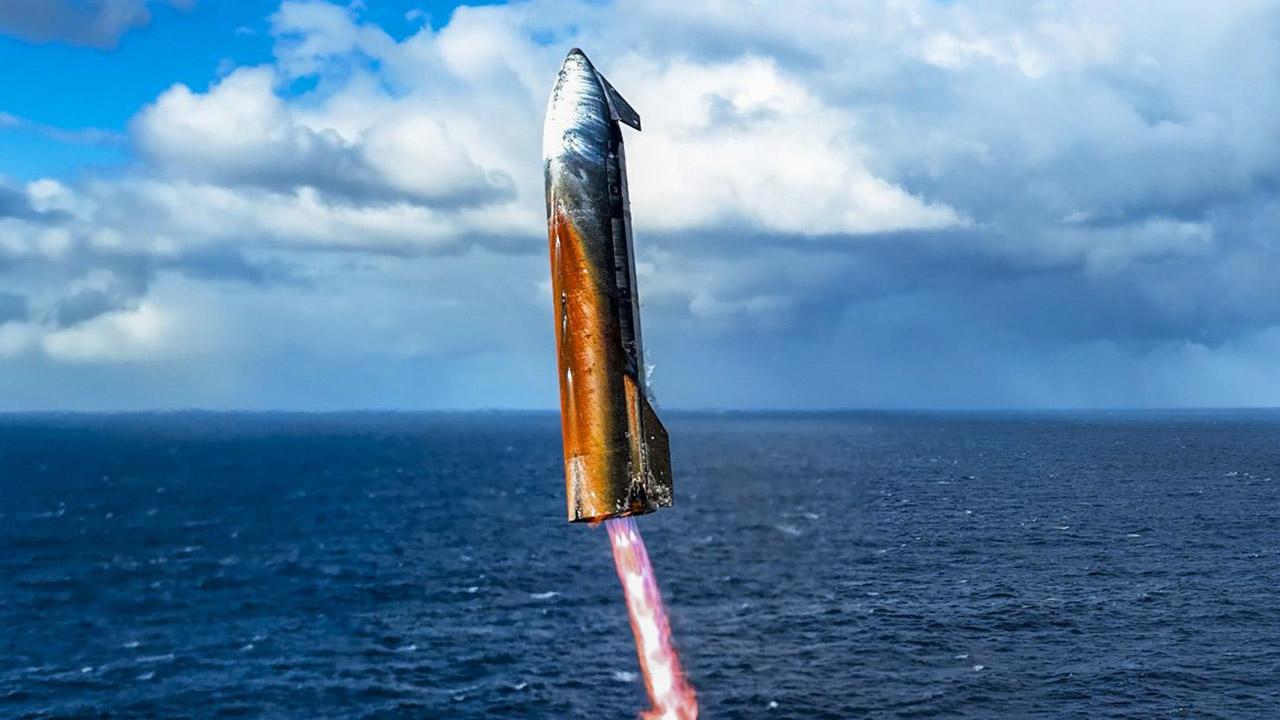
Look at the flaps, the control surfaces that guide the Starship’s belly flop during reentry. On Flight 10 these flaps were hammered. Images show them burned, with some pieces burning red hot during descent, like the rocket was going to disintegrate. After previous tests, SpaceX applied an ablative layer to the flaps, probably pyron and it’s visible. The material has burned away in some areas leaving a patchwork of exposed steel and charcoal remains. These flaps were flapping wildly during reentry and not only survived but functioned, guiding the spaceship to a controlled splashdown. The damage they took is a graphic reminder of what they went through to defy gravity.

The payload bay was new and it worked on this flight. Starship launched 8 dummy Starlink satellites, the first time for the program. The bay door, a “Pez dispenser” device, opened in space and released its cargo perfectly. Images from the flight show the door integrated into the side of the rocket but post splashdown photos show it wasn’t unscathed. The edges are singed and the surrounding steel has slight burn lines from reentry. This isn’t just for show; the bay being able to function in those conditions means Starship is ready for real world missions like expanding the Starlink constellation.
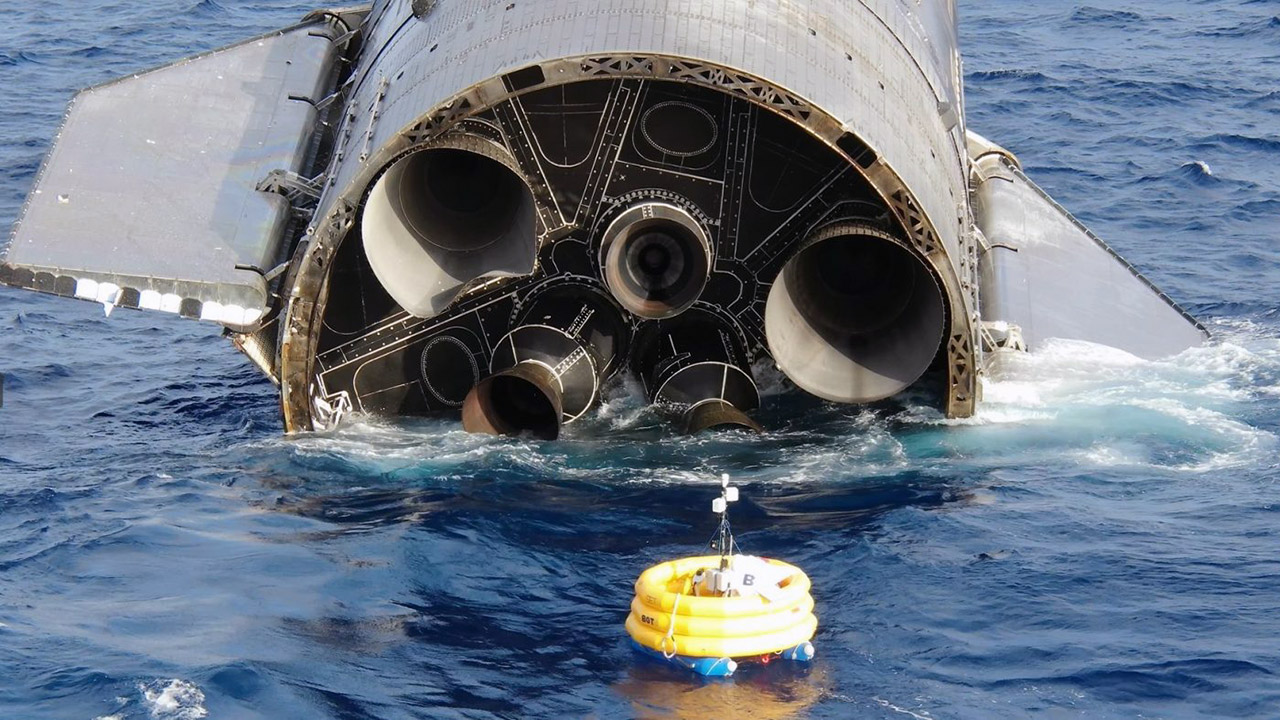
One image from Flight 10 shows the 6 Raptor engines firing in space, but on the ground, the engine bay tells a different story. The nozzles are darkened, sooted and heat stressed metal from the in space relight test and the landing burn. These Raptor 2 engines are more efficient than the previous ones and got Starship to suborbital and back for a soft landing. The wear on the surface – discolored steel and faint erosion marks – tells the story of the power they produced and the punishment they took.
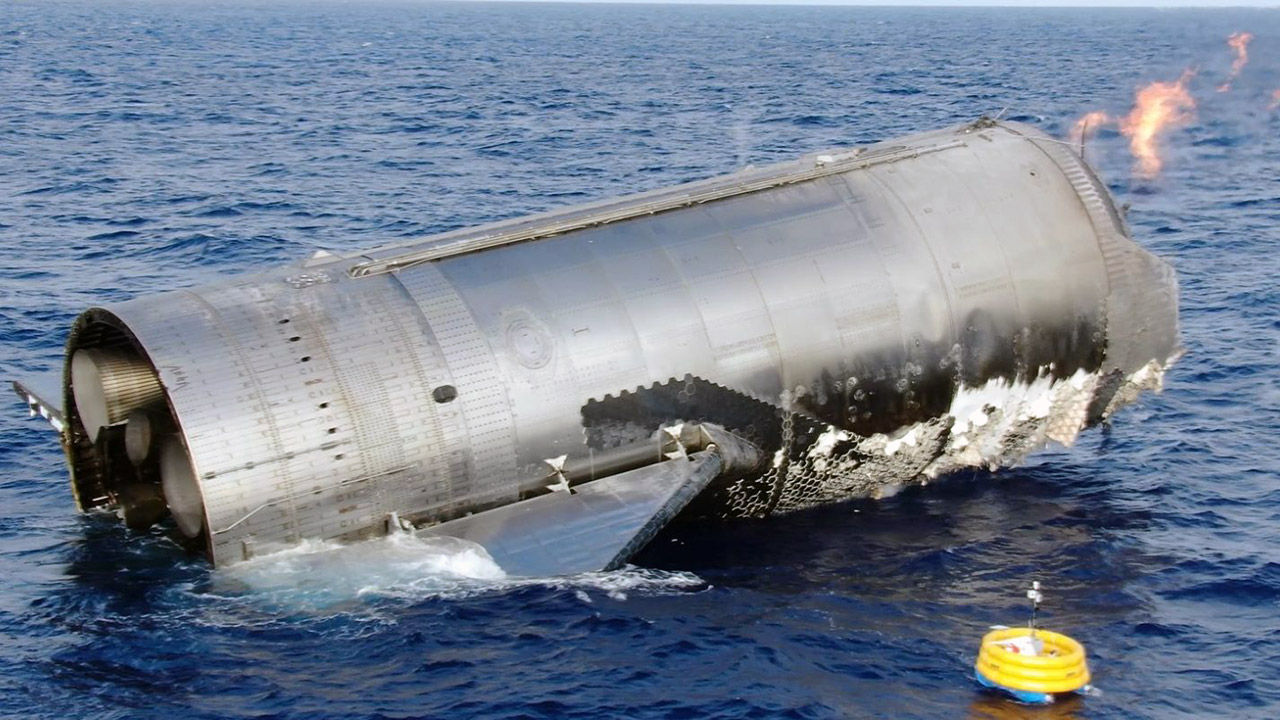
NASA’s Artemis mission to land humans on the Moon by 2027 is dependent on a variant of this spacecraft. The ability to reenter, deploy payloads and land upright like Starship did in the Indian Ocean brings that closer.
[Source]









